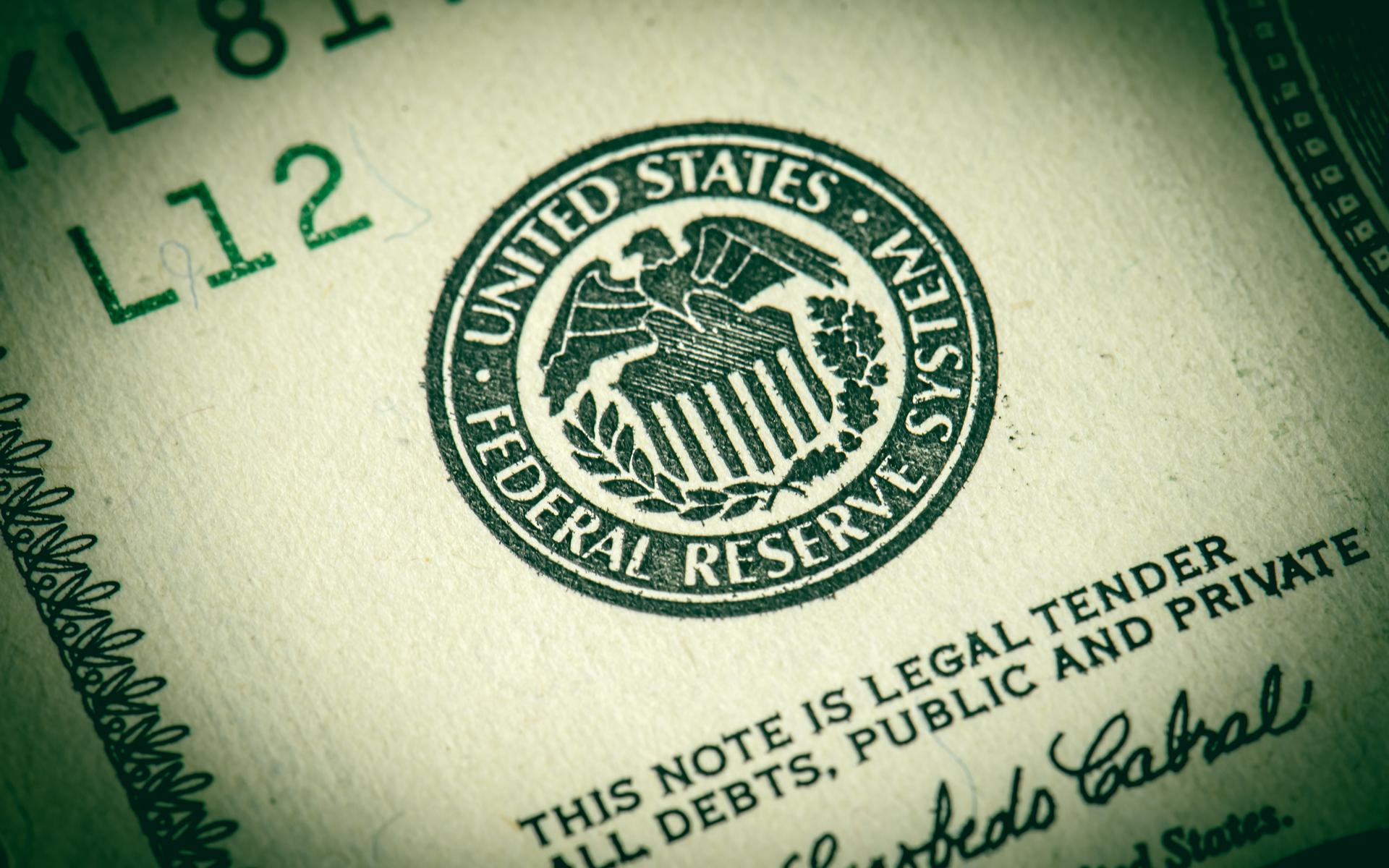PALO ALTO, Calif. (Reuters) – The Federal Reserve is looking at a broad variety of problems around digital payments and currencies, including policy, design and legal factors to consider around potentially releasing its own digital currency, Guv Lael Brainard said on Wednesday. Brainard's remarks suggest more openness to the possibility of a Fed-issued digital coin than in the past." By transforming payments, digitalization has the prospective to provide greater worth and benefit at lower cost," Brainard said at a conference on payments at the Stanford Graduate School of Organization.
Reserve banks worldwide are debating how to handle digital financing technology and the distributed journal systems used by bitcoin, which promises near-instantaneous payment at possibly low expense. The Fed is developing its own day-and-night real-time payments and settlement fedcoin price service and is presently evaluating 200 comment letters submitted late last year about the proposed service's design and scope, Brainard said.
Less than two years ago Brainard told a conference in San Francisco that there is "no engaging showed need" for such a coin. However that was prior to the scope of Facebook's digital currency aspirations were commonly known. Fed authorities, including Brainard, have raised issues about consumer securities and information and personal privacy hazards that could be posed by a currency that might enter into usage by the third of the world's population that have Facebook accounts.
" We are collaborating with other main banks as we advance our understanding of reserve bank digital currencies," she stated. With more nations checking out providing their own digital currencies, Brainard said, that contributes to "a set of factors to likewise be making sure that we are that frontier of both research study and policy advancement." In the United States, Brainard stated, problems that require research study consist of whether a digital currency would make the payments system more secure or simpler, and whether it might posture monetary stability dangers, including the possibility of bank runs if cash can be turned "with a single swipe" into the central bank's digital currency.
To counter the financial damage from America's unmatched national lockdown, the Federal Reserve has taken unmatched steps, including flooding the economy with dollars and investing directly in the economy. The majority of these relocations got grudging acceptance even from lots of Fed doubters, as they saw this how to Discover more here buy fedcoin stimulus as required and something just the Fed could do.
My new CEI report, "Government-Run Payment Systems Are Risky at Any Speed: The Case Against Fedcoin and FedNow," details the risks of the Fed's present plans for its FedNow real-time payment system, and proposals for main bank-issued cryptocurrency that have been dubbed Fedcoin or the "digital dollar." In my report, I discuss issues about personal privacy, information security, currency adjustment, and crowding out private-sector competition and development.

Proponents of FedNow and Fedcoin say the federal government should create a system for payments to deposit immediately, rather than encourage such systems in the private sector by raising regulatory barriers. However as kept in mind in the paper, the economic sector is providing a seemingly endless supply of payment technologies and digital currencies to fix the problemto the level it is a problemof the time gap in between when a payment is sent and when it is gotten in a savings account.
And the examples of private-sector innovation in this location are lots of. The Clearing Home, a bank-held cooperative that has been routing interbank payments in various forms for Find more information more than 150 years, has actually been clearing real-time payments given that 2017. By the end of 2018 it was covering 50 percent of the deposit base in the U.S.